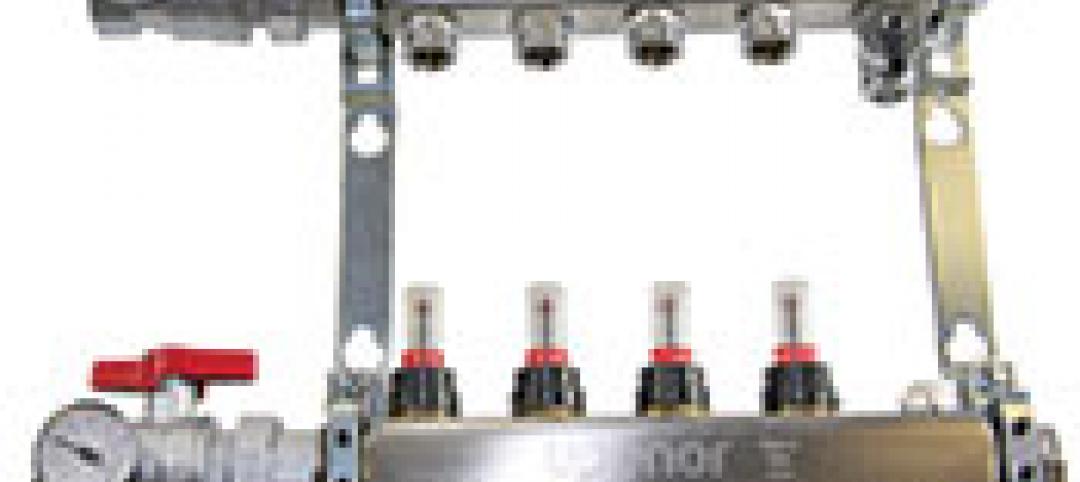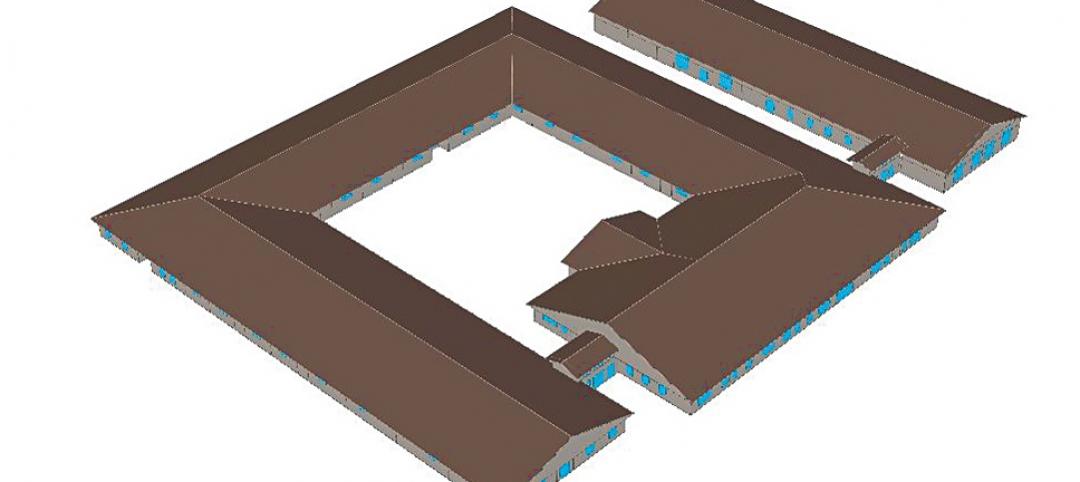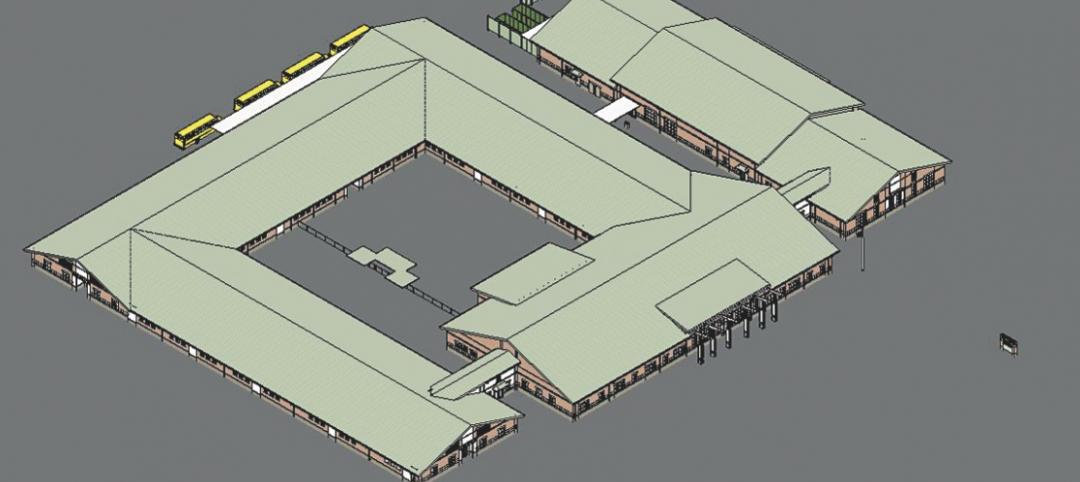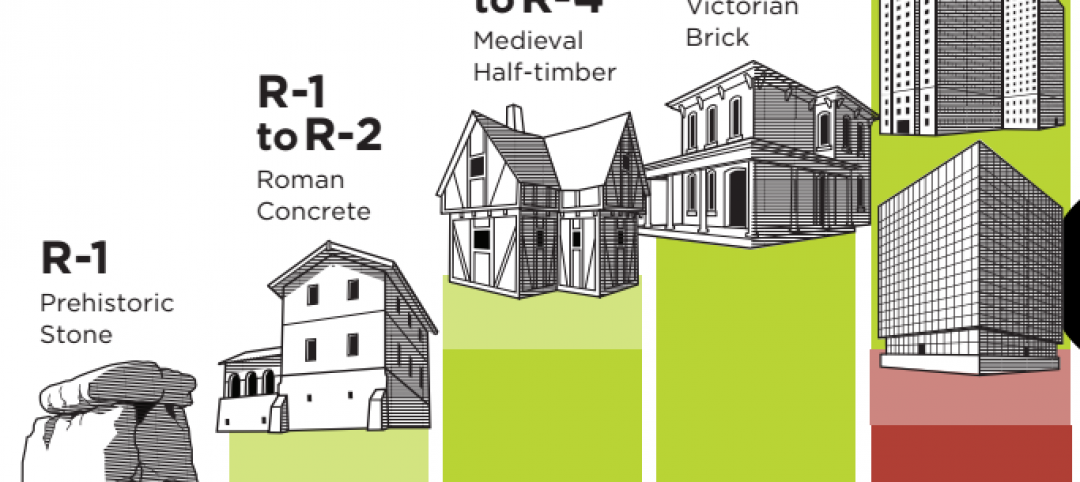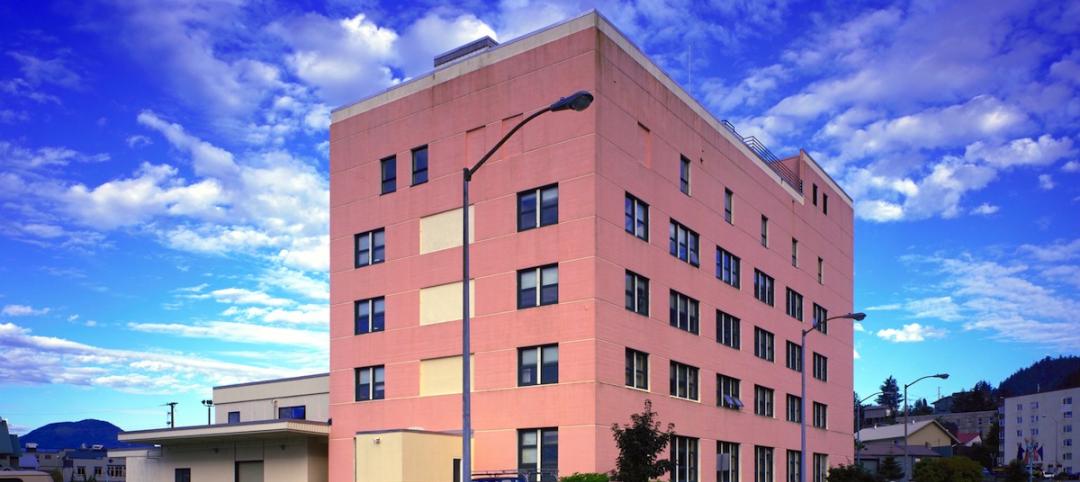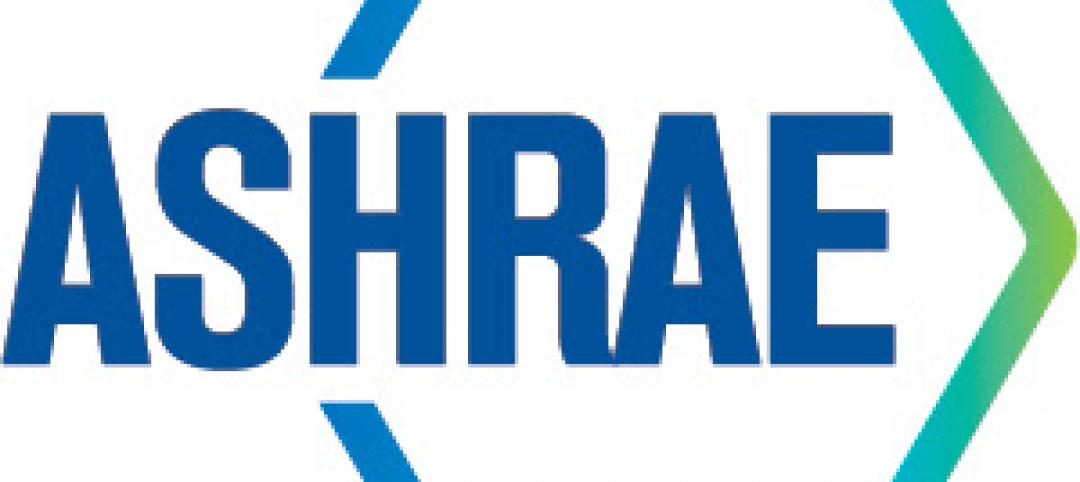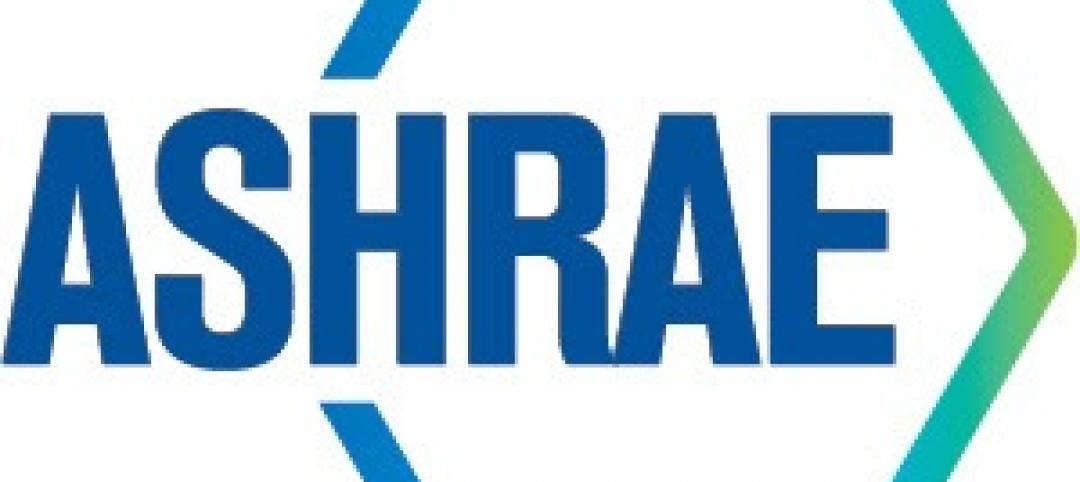Commercial building leases are getting shorter. Compared to long-term leases that were common for decades, the average lease today is three to five years. For property managers and building owners, retaining tenants beyond the five-year mark can make the difference between a highly profitable real estate asset and one that struggles to turn a profit. Recruiting new tenants is a costly venture.
Buildings are a reflection of the owner and tenants, as well as their brand and reputation. Commercial buildings where owners have paid attention to the details will have an easier time recruiting and retaining tenants over longer periods. Tenants increasingly expect a well-crafted property that feels unique, authentic, and comfortable—with technologically advanced systems and spaces that optimize performance and encourage collaboration and engagement. The following guidance will help owners and property managers keep tenants happy.
Tenant Preferences and Demands are Changing
Green building is no longer a buzzword; it is how businesses operate. According to the Northwest Energy Efficiency Alliance (NEEA), reducing energy consumption is a core business strategy that tenants expect from a lease rather than “added value.” Often, the mission statement of companies include a global and local impact clause, so leasing space from a commercial real estate firm that considers energy efficiency and sustainability critical will more likely align with their values.
In a 2019 study of 750 CRE executives across 10 countries, Deloitte found that changing workforce demands, such as flexible locations and workspaces, and technological advancements, such as artificial intelligence (AI) and Internet of Things (IoT) are increasingly important to tenant companies. Of the tenant highlights listed in Deloitte’s report, these expectations rank as number one.
Tenant Experience and Expectations
The second factor highlighted in the Deloitte report is a newer concept: the tenant experience. It was one of the top priorities for building owners.
The idea of understanding someone else’s experience and their expectations can be intangible, but there are a few key universal issues:
• Quality of life through health and wellness. Health and wellness are a necessity for tenants. Through initiatives such as Fitwel and the WELL Building Standard and the increased research and understanding of health, including body and mind, the framework exists to improve the tenant experience and the overall productivity and wellbeing of building occupants.
In particular, corporate design is looking to startups and tech giants to inform them of the latest innovations and to pinpoint what tenants are looking for. With health and wellness being the latest standard in office design for technology companies—especially for those whose work days have expanded beyond 9 to 5—building owners and company executives have embraced finding ways to keep their tenants and employees healthy and happy.
• Quality and aesthetics. Wellness also includes the aesthetic quality of the products used, in both fit and finish, and how they perform. For example, if you have ever been in a dirty, outdated elevator—or in one that jolts and vibrates—the almost-instant response of users is to question whether the elevator will even get them to their destination safely. While the ride may only last a minute, tenants want their employees and visitors to have their minds on the tasks at-hand rather than being sidetracked by elevator concerns.
A study by the University of California, Irvine found that it takes an average of about 23 minutes for an employee to get back to the level of focus they had before an interruption. If outdated systems suggest failure—even if they will not fail—concerns for their safety are considered an interruption that will keep employees and visitors from focusing important tasks. Updating your building systems not only saves energy and improves comfort; it also provides the intangible benefit of employee/tenant peace of mind.
• Reliability. Elevator downtime is often what users remember most, even if a majority of their experiences do not involve faulty machinery. Traditional elevators and escalators have an average of six to 10 downtime instances per year. In comparison, newer products—such as those in the Mitsubishi Electric portfolio—experience only one instance of downtime a year. By investing in reliable and up-to-date systems, tenants and their visitors are less likely to experience downtime, positively influencing their views of the building.
Reliability has a dollar value as well. Tenants say that even an hour of electrical or system downtime can lead to $100,000 in losses. While building owners do not necessarily know when systems will fail, reliable uninterruptible power supply (UPS) systems provide backup power when needed to keep tenants moving forward.
A commercial building is an investment, but even more so today, it is an extension of the building owner and tenants—and their ideals. When owners and property managers understand the importance of caring for their building like an artisan finely tunes their craft, the outcome is happier tenants—and higher rates of recruitment and retention.
For more information, follow the link to BuildBetterTogether.com.
Related Stories
| Dec 28, 2014
New trends in ceiling designs and materials [AIA course]
A broad array of new and improved ceiling products offers designers everything from superior acoustics and closed-loop, recycled content to eased integration with lighting systems, HVAC diffusers, fire sprinkler heads, and other overhead problems. This course describes how Building Teams are exploring ways to go beyond the treatment of ceilings as white, monolithic planes.
| Sep 5, 2014
Uponor launches new stainless-steel manifold for radiant heating and cooling applications
Made of corrosion-resistant stainless steel, the manifold is available in 1" and 1¼" sizes in 2 through 8, 10 and 12 loop configurations.
| Aug 14, 2014
8 do's and don'ts for completing an HVAC life cycle cost assessment
There are many hurdles to overcome when completing a life cycle cost assessment. RMF Engineering’s Seth Spangler offers some words of advice regarding LCCAs.
| Aug 14, 2014
Life cycle cost analysis using energy modeling
A life cycle cost analysis helps a school district decide which HVAC system to use in $198 million worth of future building projects.
| Aug 4, 2014
Facebook’s prefab data center concept aims to slash construction time in half
Less than a year after opening its ultra-green, hydropowered data center facility in Luleå, Sweden, Facebook is back at it in Mother Svea with yet another novel approach to data center design.
| Jul 17, 2014
A harmful trade-off many U.S. green buildings make
The Urban Green Council addresses a concern that many "green" buildings in the U.S. have: poor insulation.
| Jul 17, 2014
GSA study finds biomass boilers are viable option for heating federal buildings
After operating the first biomass boiler in the Ketchikan, Alaska, Federal Building, the U.S. General Services Administration (GSA) has concluded that biomass boilers are a viable alternative for hot-water-heated buildings where natural gas is unavailable.
| Jul 17, 2014
Alliance formed to promote research on indoor air quality
A memorandum of understanding creating the Indoor Environment Quality Global Alliance was signed on June 29; the Alliance was formed to explore ways in which industry groups could work together to address all aspects of indoor environmental quality and health.
| Jul 16, 2014
ASHRAE, IAQA team up to improve resources on indoor air quality
Indoor Air Quality Association will become part of the ASHRAE organization while maintaining its own brand and board; HQ will relocate to Atlanta.
| Jul 10, 2014
BioSkin 'vertical sprinkler' named top technical innovation in high-rise design
BioSkin, a system of water-filled ceramic pipes that cools the exterior surface of buildings and their surrounding micro-climates, has won the 2014 Tall Building Innovation Award from the Council on Tall Buildings and Urban Habitat.



